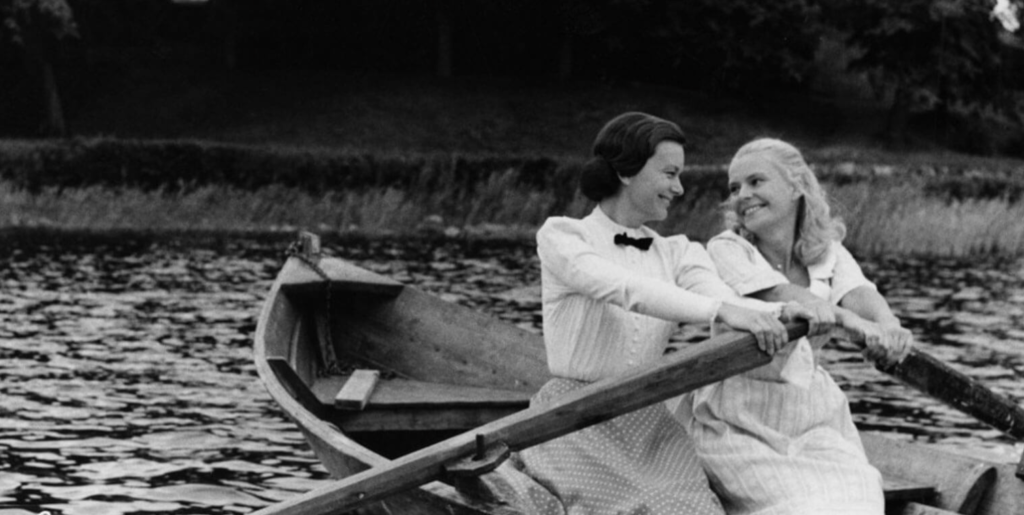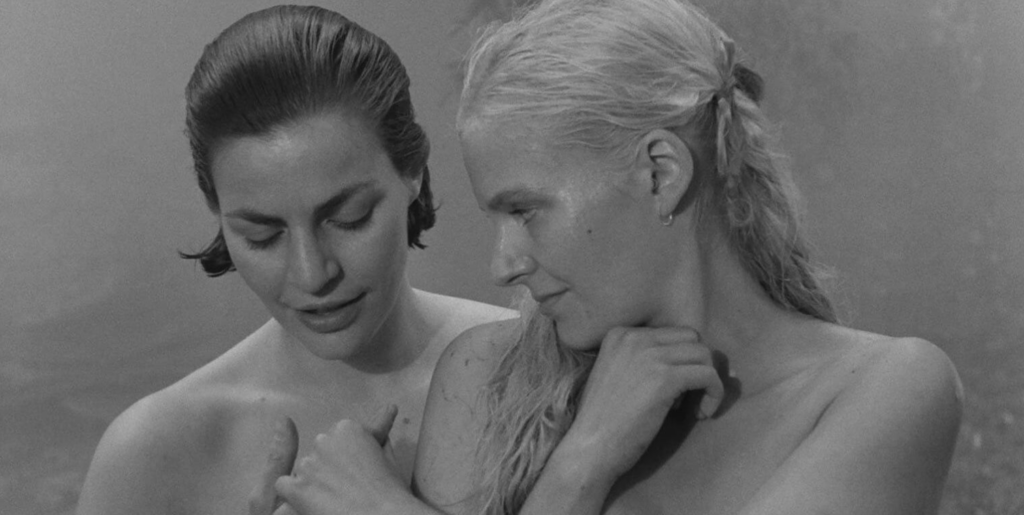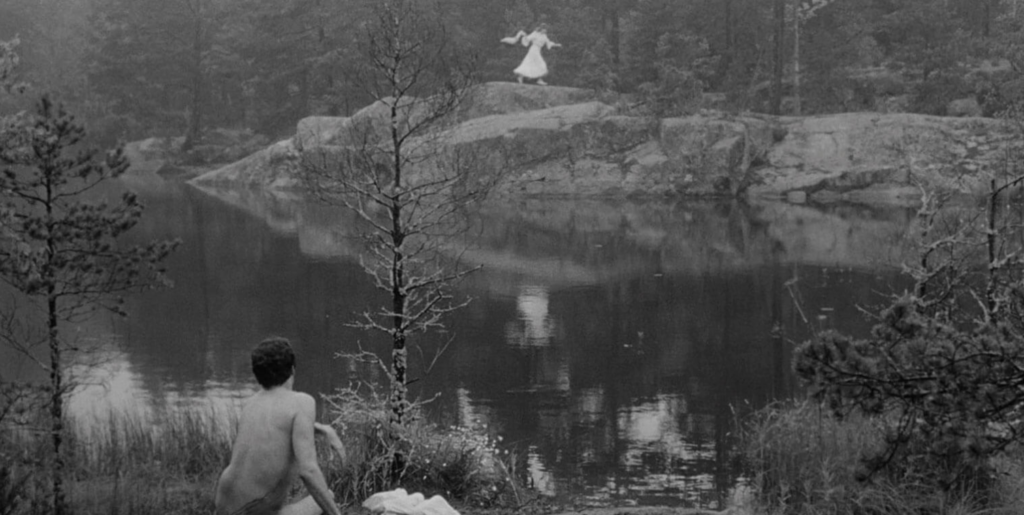| John Moret |

Loving Couples plays at the Trylon Cinema from Sunday, September 10th, through Tuesday, September 12th. Visit trylon.org for tickets and more information.
Loving Couples begins with a squeaky-wheeled gurney moving across a tiled hospital floor. Formally, the opening is one that is both intriguing and well-known. If you’ve seen much Swedish cinema of the period, the black and white film stock accompanied by the camera movement would remind you of Ingmar Bergman. Likewise, Harriet Andersson and Gunnar Björnstrand are Bergman regulars. But what is different here are the faces. The camera strays and gazes on women’s faces.

We’re soon introduced to our three protagonists: Women who are in a maternity ward for one reason or another. One who is about to give birth is accompanied by a mysterious woman that reminds her “Remember, this is our child.” Another, who is told by the doctor that her baby is stillborn, savagely and triumphantly delivers this message to the would-be father. Yet another walks the halls singing and skipping on the stairs, hoping to provoke the baby into labor.

I’m no Zetterling expert. I’ve only seen the films presented in this Trylon series and my reading about her is cursory at best. But, what I can say is that I was immediately drawn to her vision. In her films, Zetterling presents different aspects of what it means to be a woman. While The Girls focuses primarily on performance and lack of agency, Zetterling condenses a book series about the nobility in pre-World War I Sweden into one narrative structure with Loving Couples (her directing debut paid for by a commercial she did for Lux soap). By using flashbacks, she contends with the expectation—and inevitability—of motherhood for these characters. I won’t go too far into it, as I believe it is a film best received by taking it in.

Zetterling, the only woman directing films in Sweden at the time, managed to convince the brilliant cinematographer Sven Nykvist to shoot her movie, and Loving Couples was well-received at Cannes. Had she been as encouraged and embraced with her later films, I believe she would be in every cinephile’s library. Don’t miss Loving Couples. It is truly a triumph.
– John Moret
Edited by Olga Tchepikova-Treon
